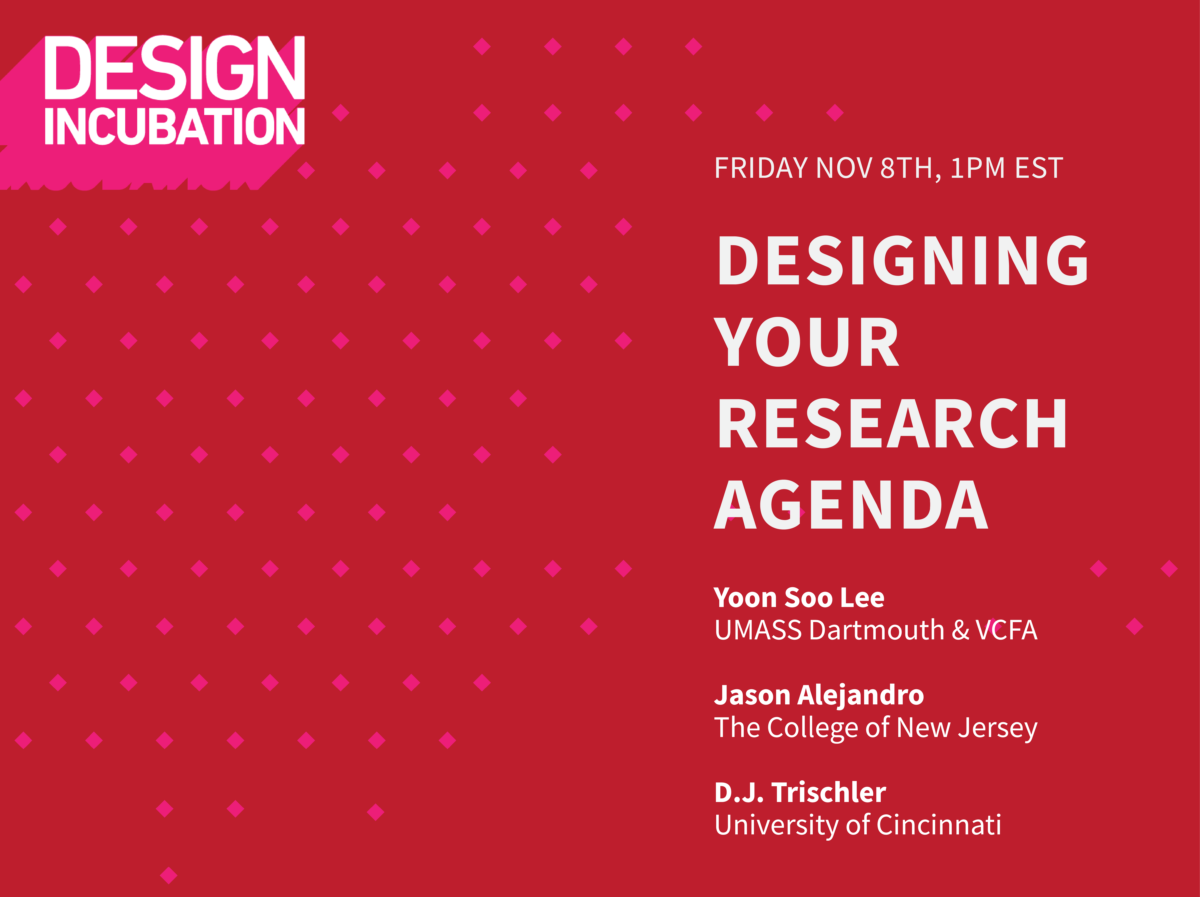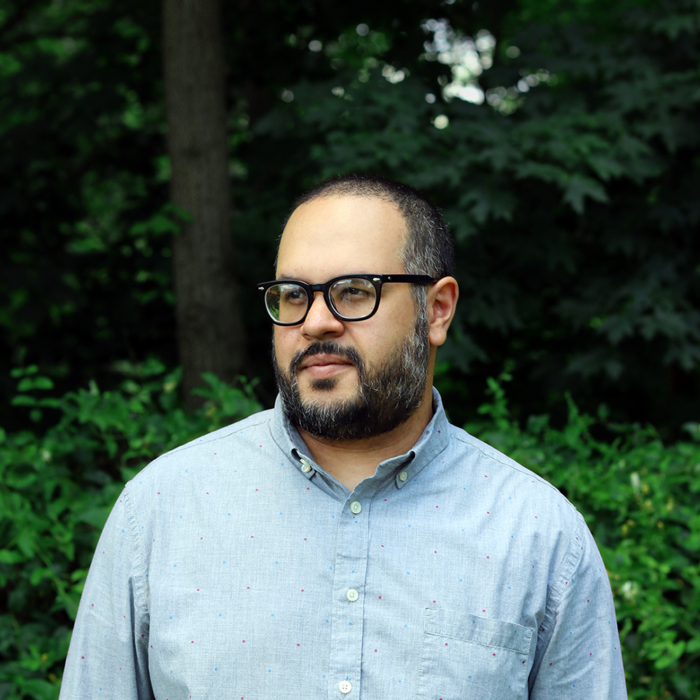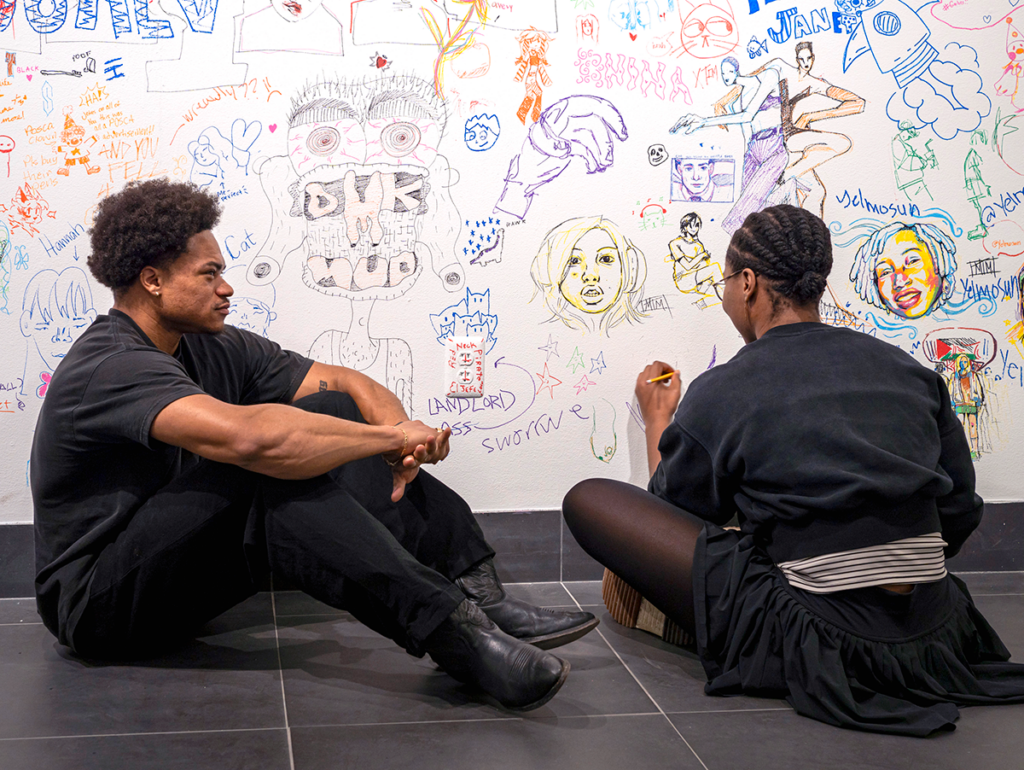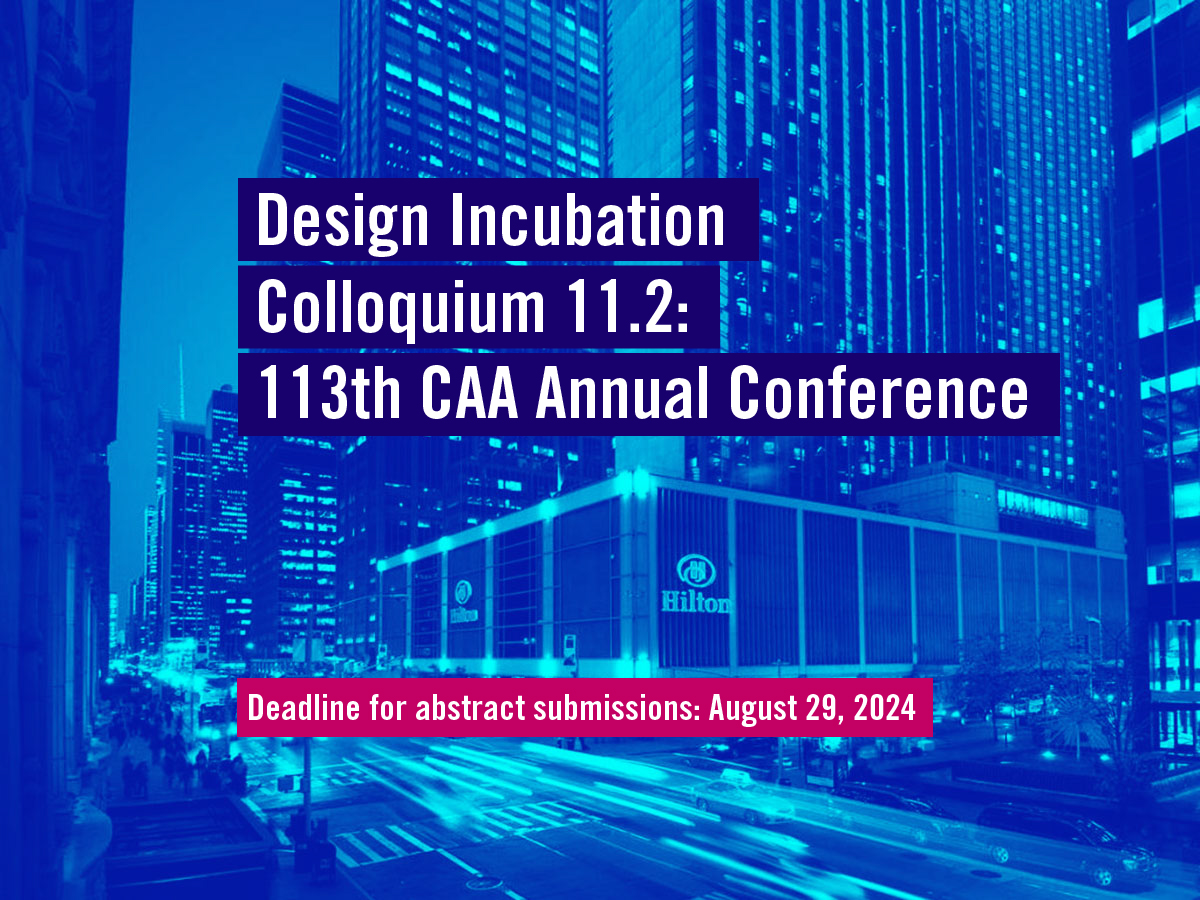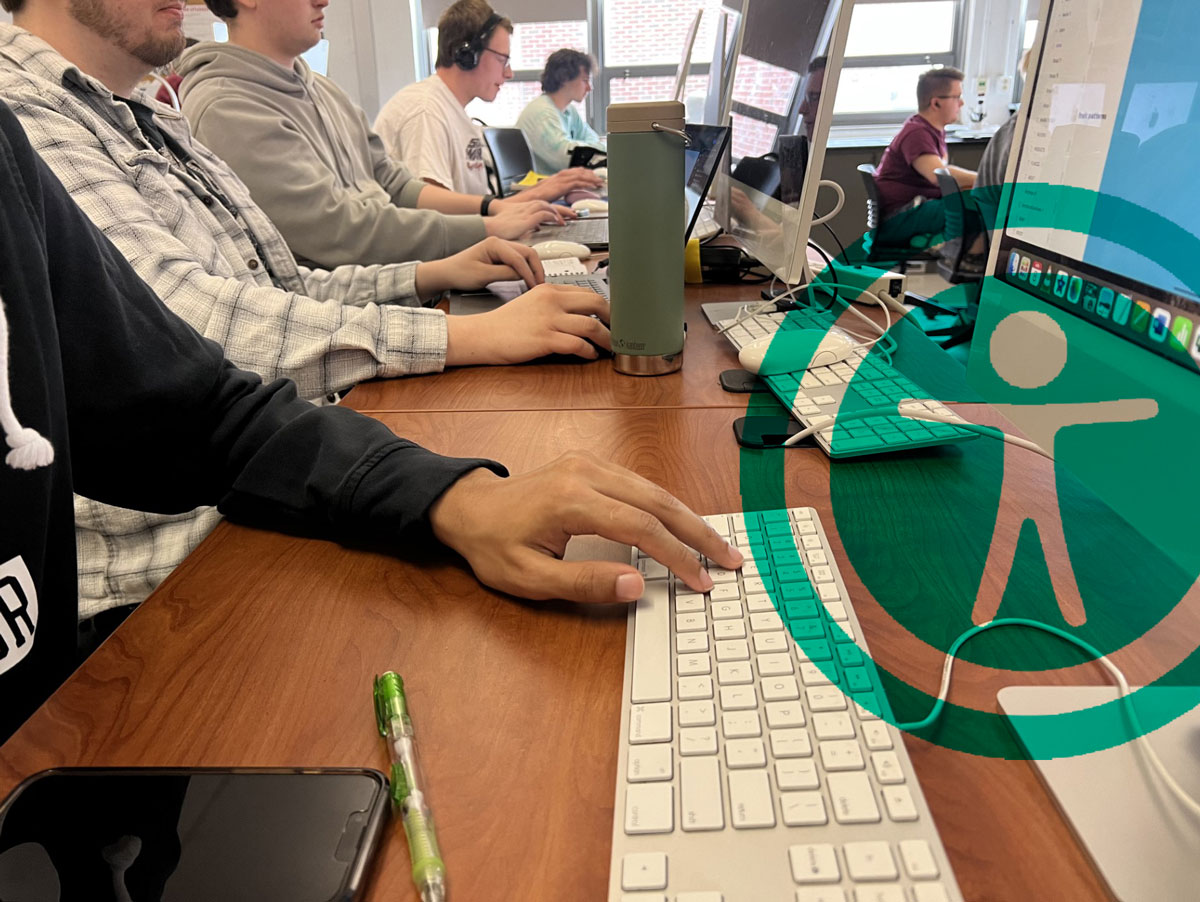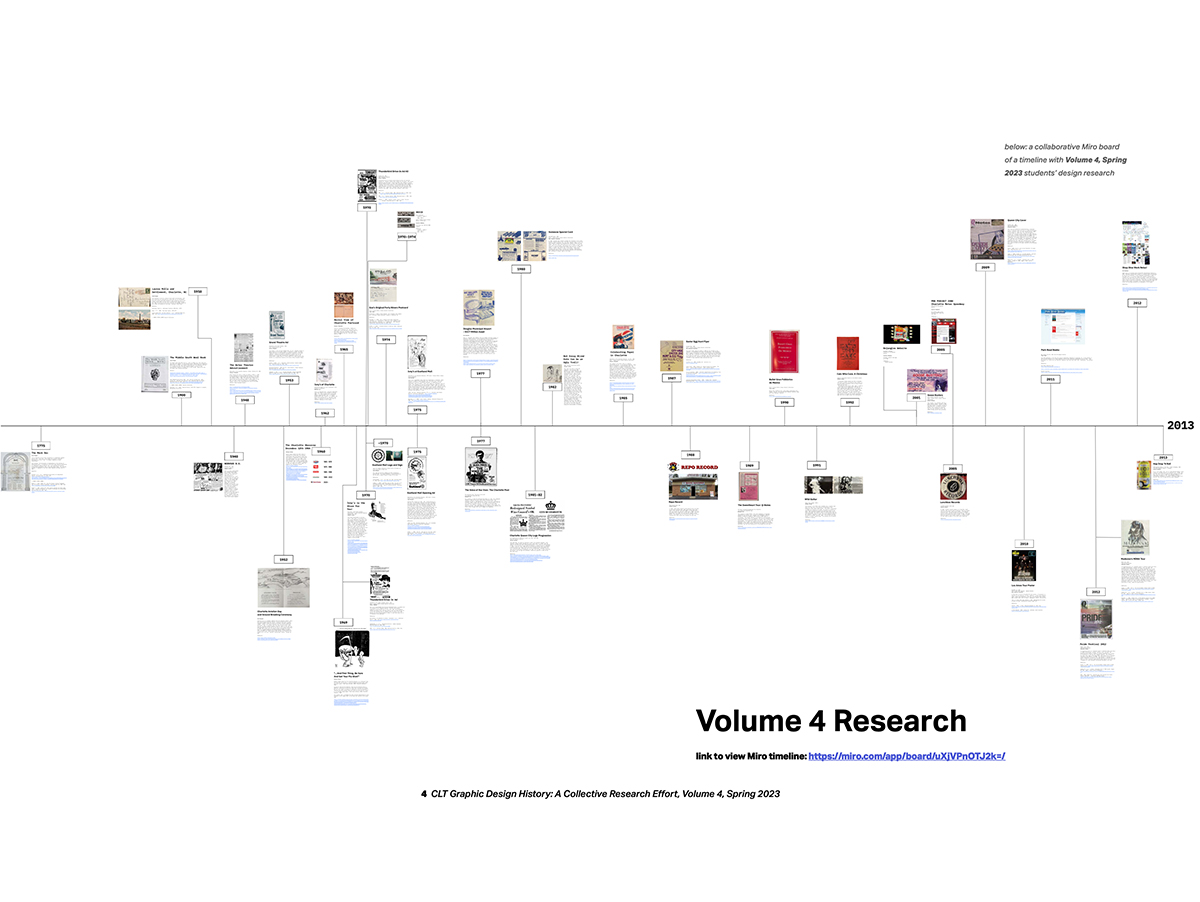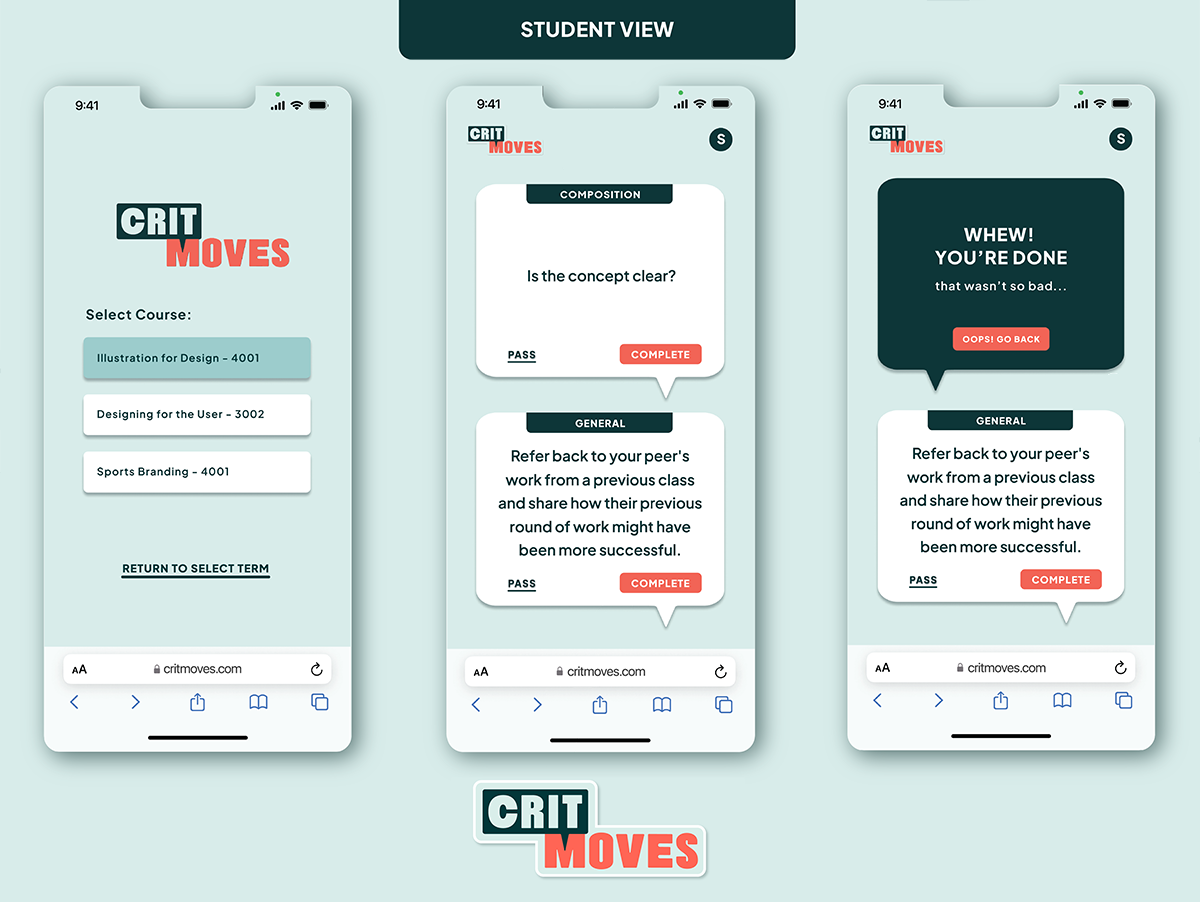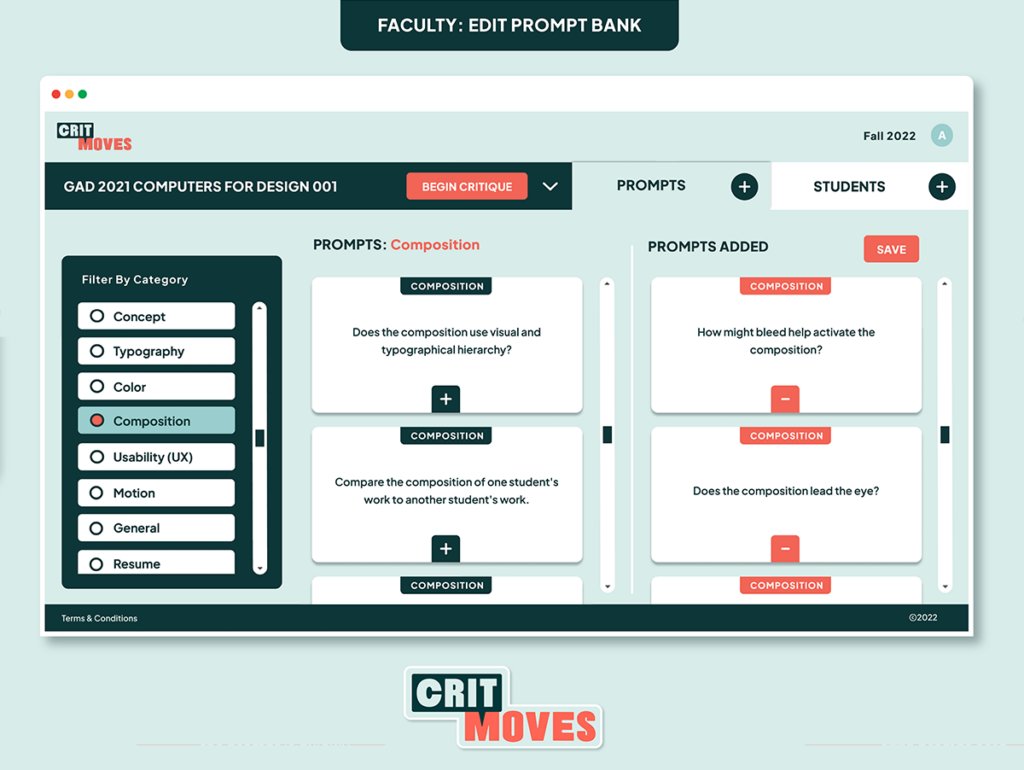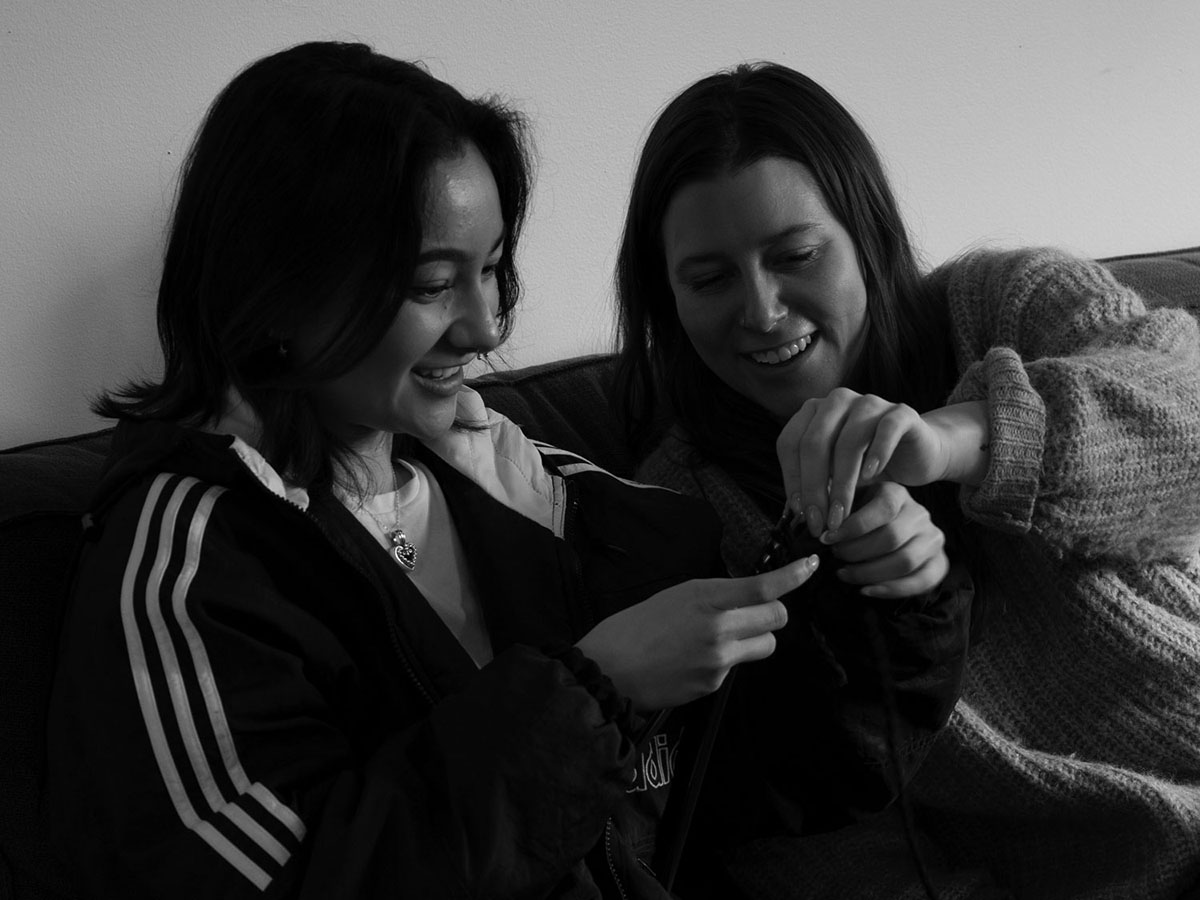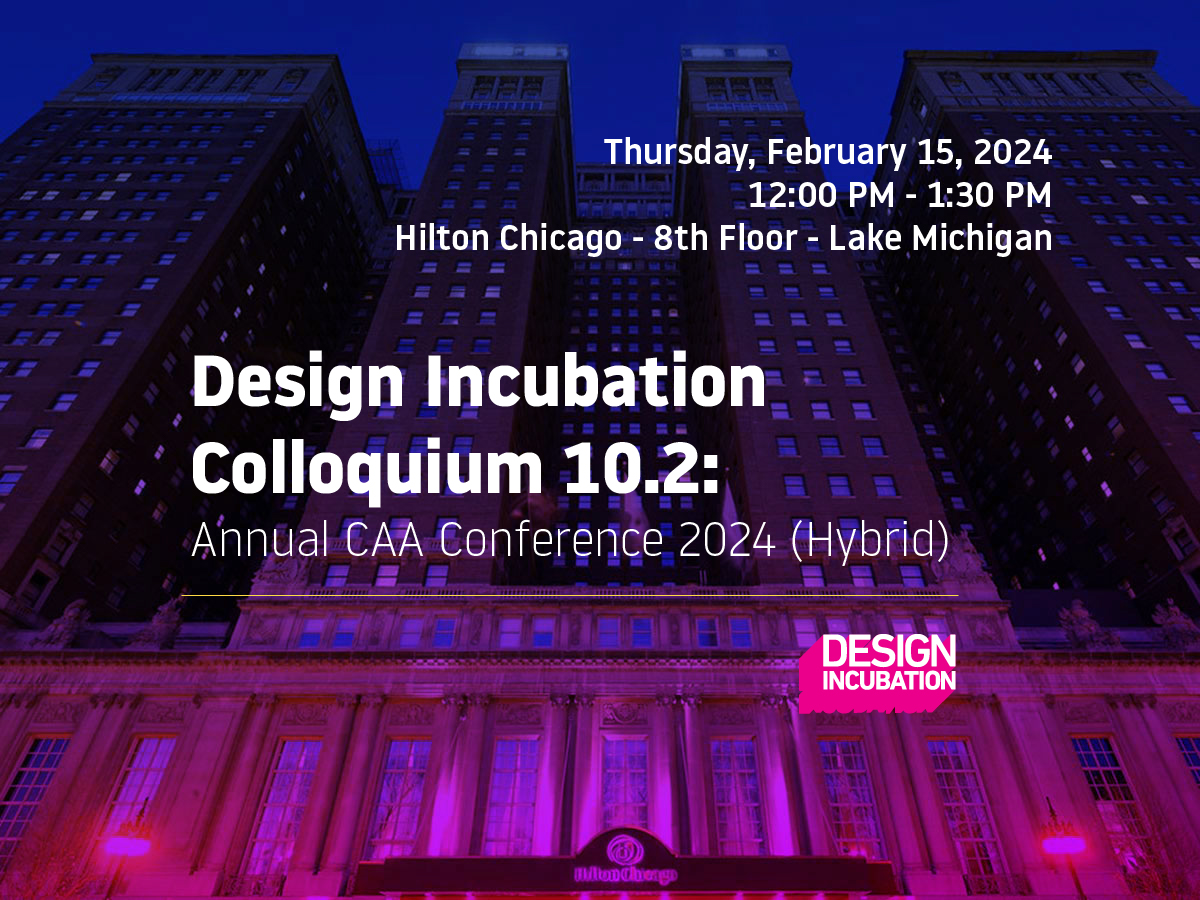This 2024 academic year has been busy and productive at Design Incubation. We have had many activities this fall, including the Design Educators Awards, currently accepting nominations and entries until December 31, 2024. In October, we had our first fully in-person colloquium since the onset of the pandemic and our largest one to date at Boston University with four sessions and more than 20 research presentations. This year, we celebrate our 10th year with new members and ongoing development. We continue to host the series, Design Your Research Agenda (DYRA), the latest one in November. We will be publishing this episode online shortly.
Starting this September 2024, we welcomed Cat Normoyle, Associate Professor at East Carolina University as the incoming Director of Peer Review. In spring 2025 she will be taking over this role from Camila Afanador-Llach, Associate Professor at Florida Atlantic University, who has held the position since fall 2021.
Normoyle is a designer, writer, and educator whose research and creative activities focus on community engagement, interactive and immersive experiences, and design pedagogy. She has a strong record of contributions to design scholarship and community engagement, evidenced by publications, presentations, and grants. Notably her writing appears in articles and book chapters published by AIGA Dialectic, Design Research Society, AIGA Design Educators Community, Routledge, and others. She is a recent grant recipient of the Engagement Scholarship Consortium for her work on the project, Our Story: The LGBTQ Stories of Eastern North Carolina, which is preparing for a fall 2025 exhibition of work. She is currently working on a book project, “Community-based Practices in Action.” We are excited to welcome her as the new Director of Peer Reviews at DI.
Afanador-Llach has made tremendous contributions to the peer review process at DI over the last 3 years. She has further developed the peer review process, ensuring the double-blind process is objective, anonymous, rigorous, and fair and that it offers the benefits of the peer review to our members by offering feedback to all who have participated in our colloquium submission process.
Afanador-Llach will be staying on as a Chair and Director-at-Large as she segues into other DI initiatives. We would like to thank her for her three years of service as Director of Peer Review and we are excited to be working with her in new capacities.
Afanador-Llach was promoted to tenured Associate Professor at Florida Atlantic University, and is currently researching and writing about the history of graphic design in her home country Colombia. She recently completed a three-year NEH-funded project cataloging and translating metadata, developing an online resource. With her experience with metadata and from her role as DI Director of Peer Review, we hope to further the development of keyword analysis and implementation at DI.

